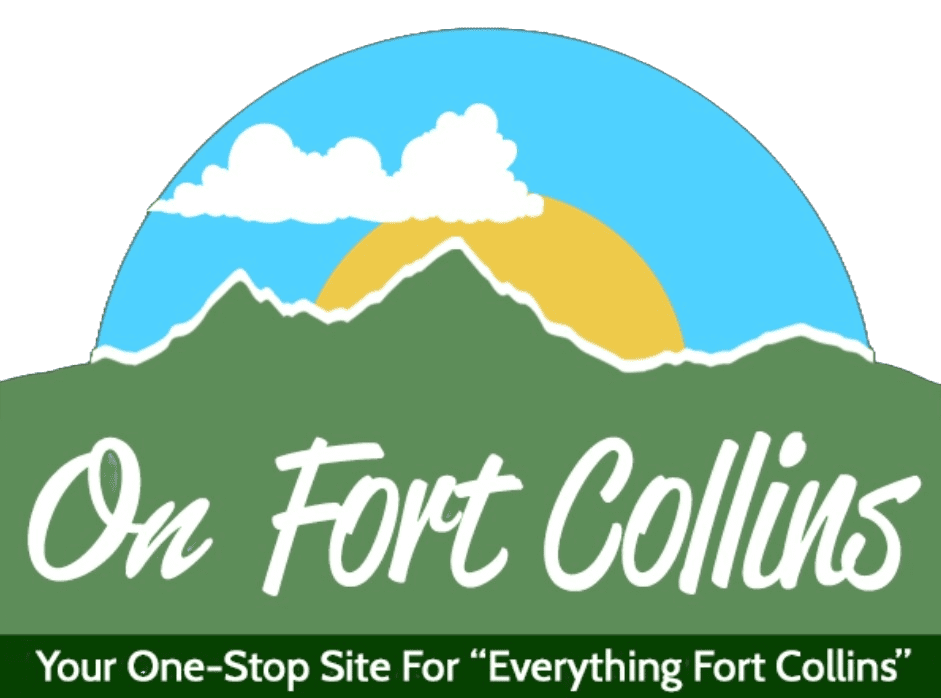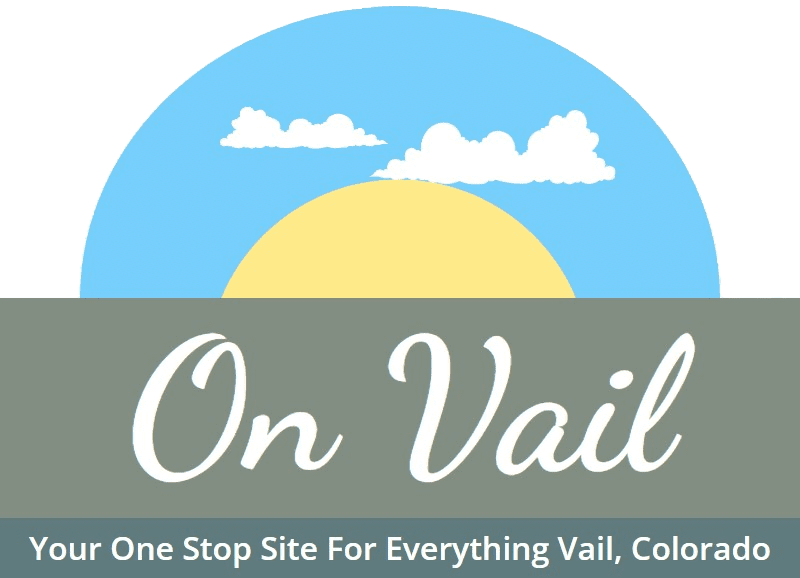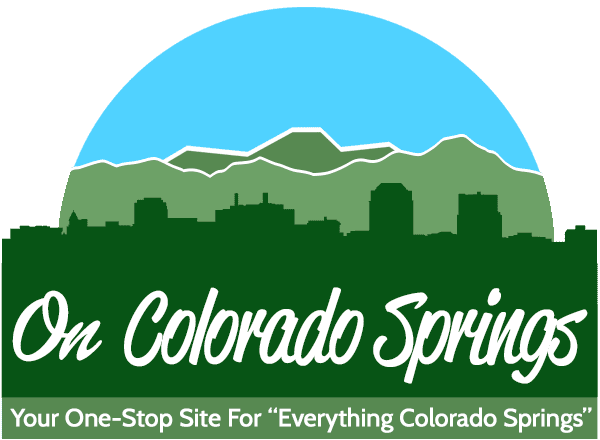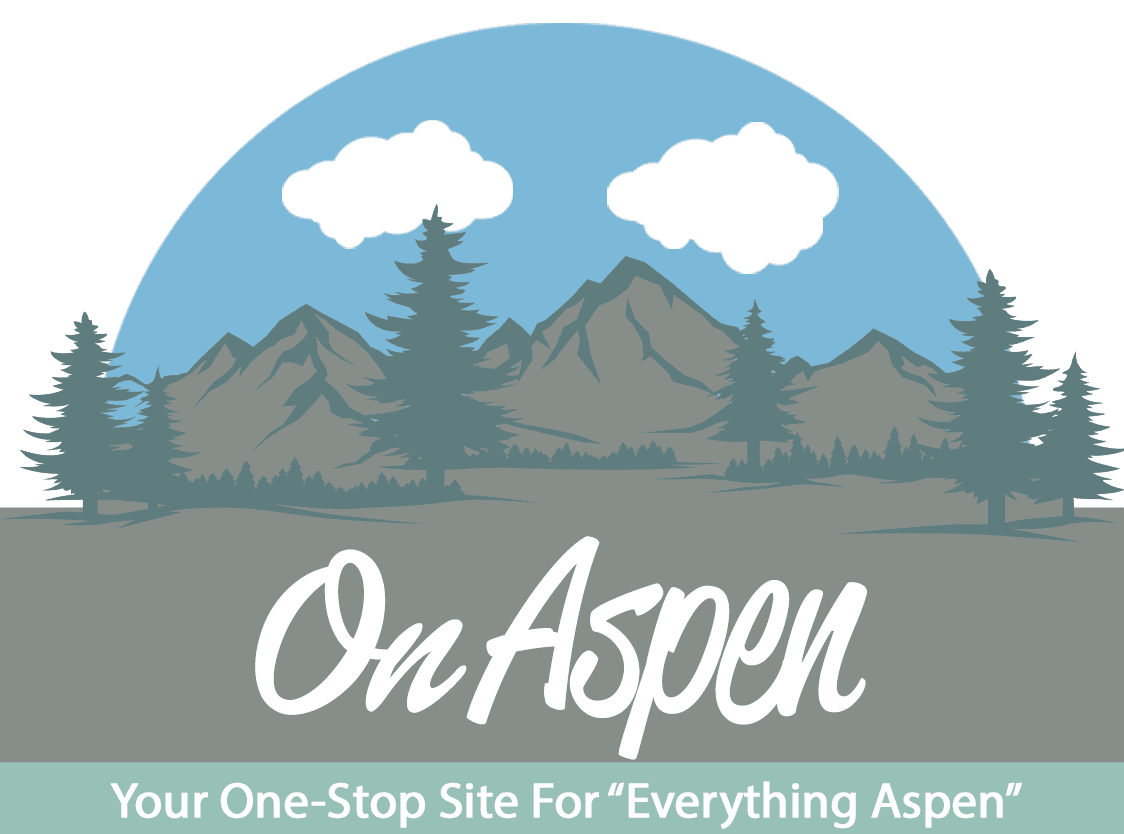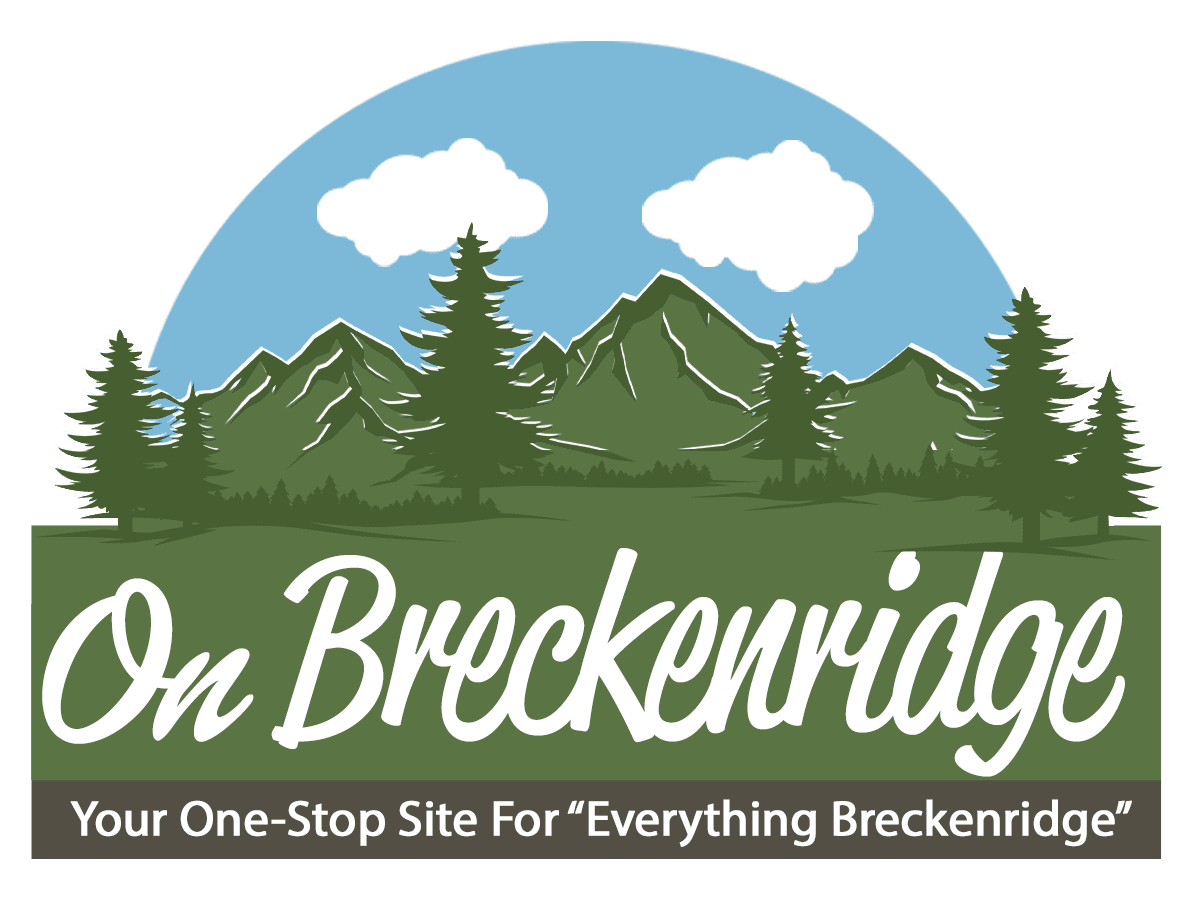Eat food. Not too much. Mostly plants.

Recently, a friend of mine posted on social media that he was considering a plant-based diet to reduce his risk of heart disease. What does that means for those of us who are omnivores – eaters of food that are of both plant and animal origin? Is it necessary to eschew animal protein to have a healthy heart?
Michael Pollan, author of The Omnivore’s Dilemma and Food Rules: An Eater’s Manual, among others, has been an outspoken critic of both America’s obsession with healthy eating and American food policy. In 2009, Mr. Pollan spoke to a room full of CDC scientists about how and why the American diet is making us sick. His philosophy of food reflects what he’s learned over the years about food by studying the eating habits of the U.S. and other countries: “Eat food. Not too much. Mostly plants.” Let’s take a minute to break down what these seven words mean.
Eat food. This seems simple, right? Eat vegetables, fruits, whole grains, and even fish and meat — and avoid what Pollan calls “edible food-like substances.” If you can’t pronounce it, if it isn’t something your grandparents would recognize as food, or if the product has a long list of ingredients, you should at least ask yourself why you are eating it, or even better, not eat it at all.
Not too much. Eating isn’t just about what you eat, but your approach. Pollan recommends leaving the table a little hungry. Japanese, Islamic and German cultures all have “food rules” about stopping before you get full. Remember when you were young and eating between meals was not a thing? Now we have 24/7 access to food and that has changed the rules about when and how much to eat…and not for the better.
Mostly plants. Numerous studies point to the benefits of a plant-based diet: improved blood pressure, decreased risk of heart disease, lowered cholesterol and better weight control. This advice breaks down into several parts by itself.
1) Eat leaves – spinach, kale, Brussels sprouts, cabbage – you get the idea.
2) When you eat animals, choose those who have eaten well. Grass fed beef and other sustainably raised meat, poultry and seafood choices are better for us and the planet.
3) Eat the rainbow. If your food is bright, vibrant and colorful, you are more likely to be getting a variety of nutrients. The best health protection comes from a diet containing as many different nutrients, including disease fighting phytochemicals, as possible.
Remember, there are no good or bad foods, just foods we should eat more often and those we should eat less often. You may recall evil nutrients that we’ve tried to drive from the food supply in the past — saturated fats, trans fat, just to name two. On the other side of the fence, we have the blessed nutrient. If we get enough of that we will be healthy and maybe live forever. If you eat good, whole, real food, the need to focus on so much of the “nutrition noise” diminishes.












